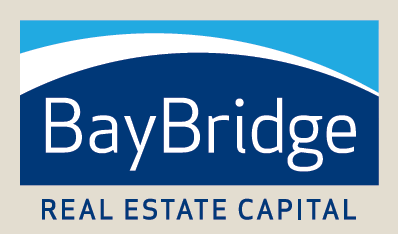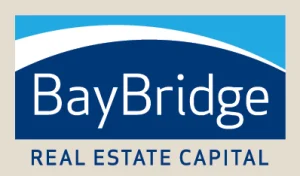Student Housing Surge
Student housing has become an increasingly attractive asset this past year. Pre-leasing numbers, current occupancy rates and year-over-year growth reached near all-time highs, indicating a robust market. In contrast to the plateaued multifamily housing market, student housing just experienced an average yearly rent surge of around nine percent. This acceleration is likely attributed to higher […]
Interest-Rate Caps
Real estate investors with floating-rate loans will purchase rate caps as insurance from rate hikes and increased debt service. In fact, many commercial mortgage-backed security (CMBS) lenders will require their borrowers to purchase rate caps. If the Secured Overnight Financing Rate (SOFR) rises above a predetermined strike rate, the cap is considered “in the money,” […]

